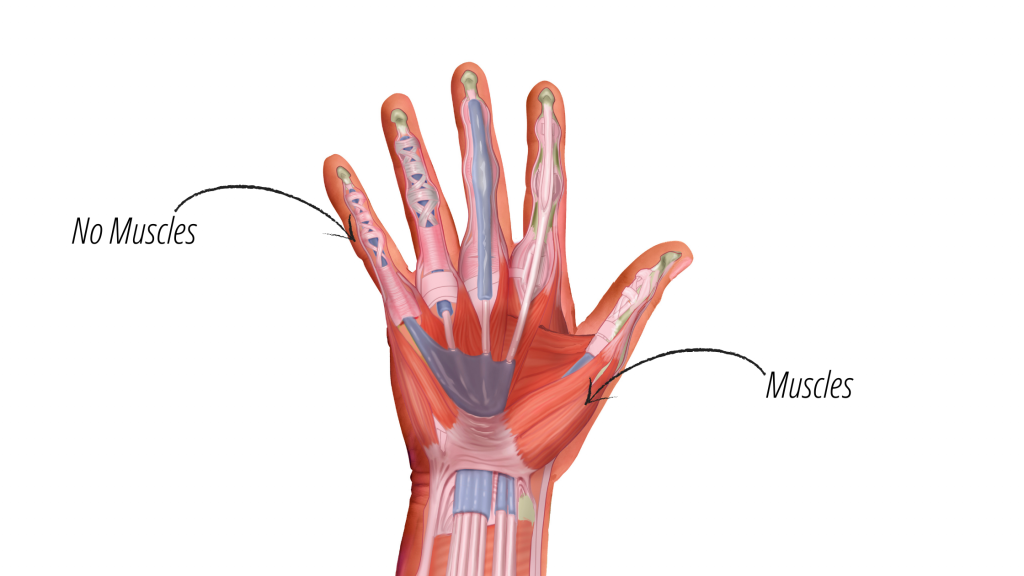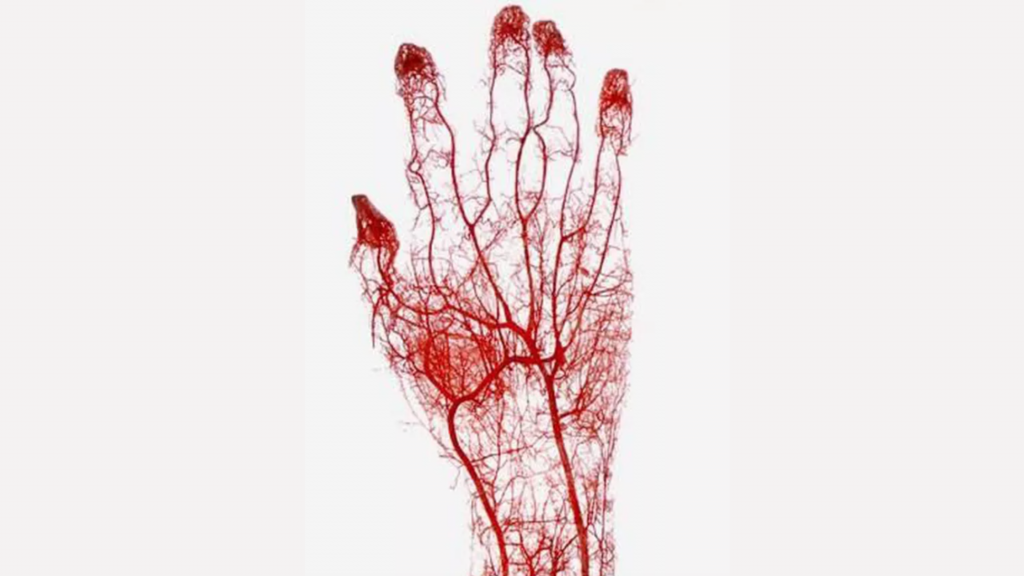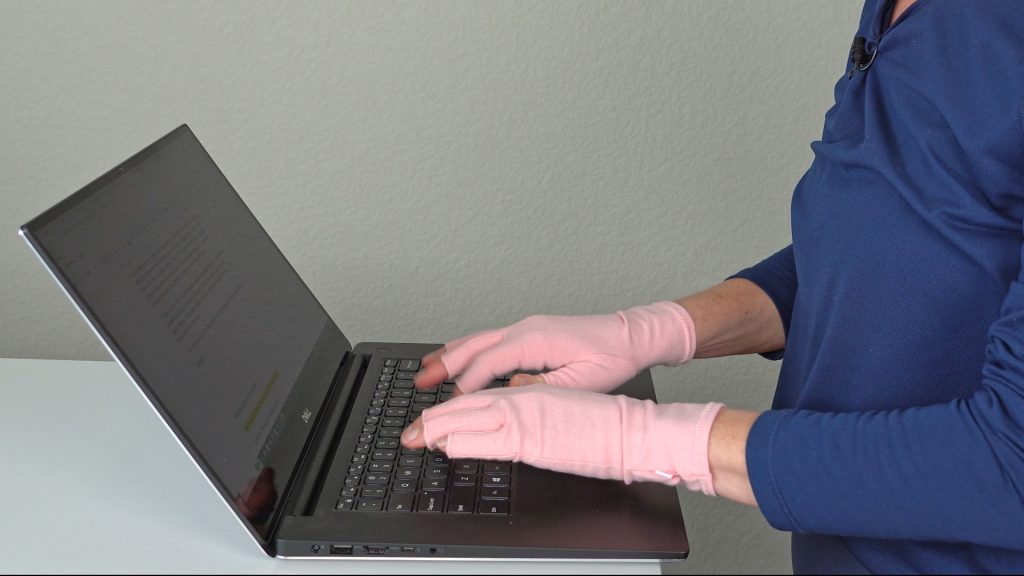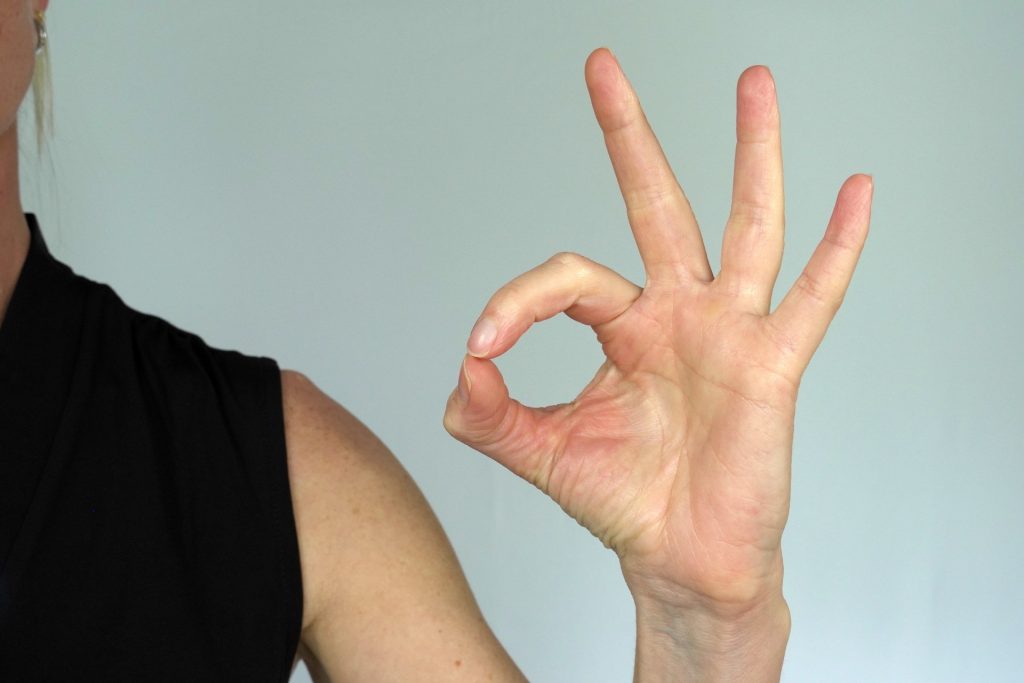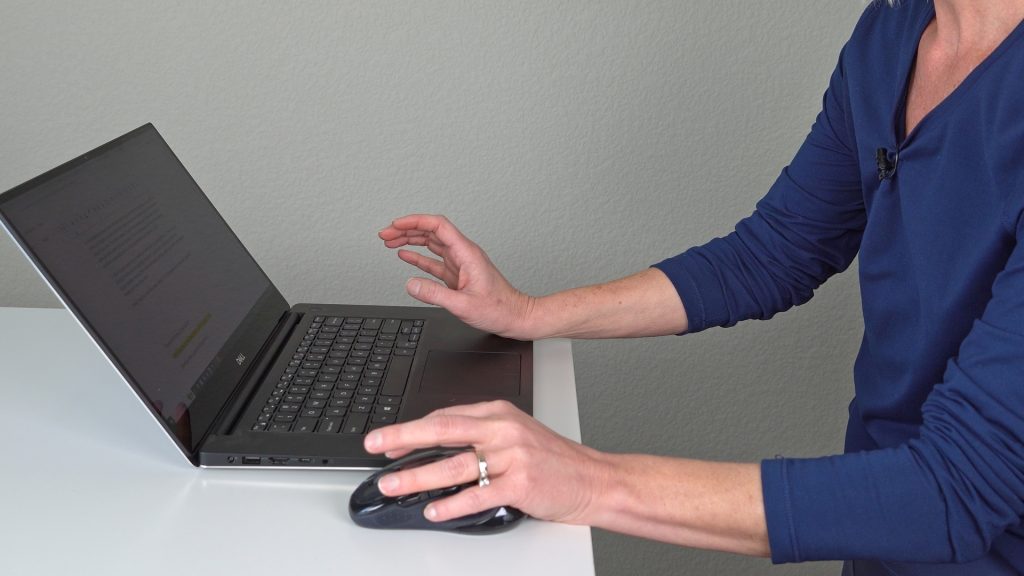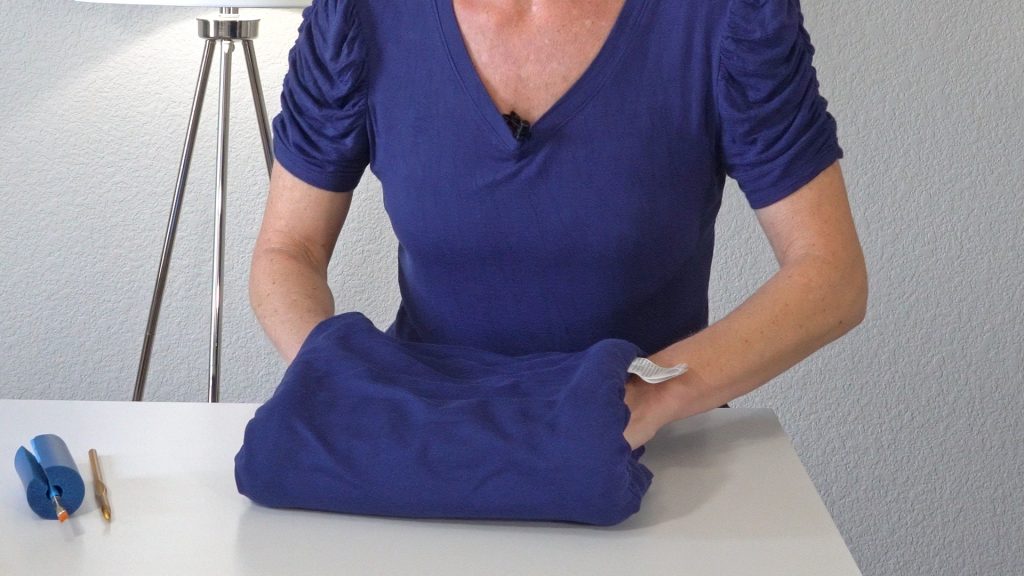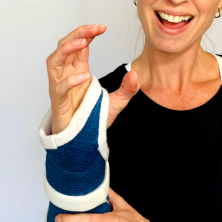Are you tired of your fingers feeling cold all the time? Do you wonder why your hands get cold faster than the rest of your body?
In this blog post, we’ll explore some reasons why hands get cold fast, but more importantly, I’ll share some tips on what you can do about it.
But if you prefer video, you can watch why hands get cold faster than the rest of your body from my YouTube channel here:
First, your hands get cold faster than the rest of your body because they have a relatively large surface area compared to their volume. Just look at your hands, every single one of your fingers and your hand is covered in skin. That’s a large amount of skin exposed to the air versus other body parts.
Fingers do not have muscles
Plus, I bet you didn’t know there are not ANY muscles in your fingers. Muscles play a vital role in regulating your body temperature and insulating your bodies.
Your muscles also contain many blood vessels that help circulate more blood flow. And so, the more muscle mass you have, the more potential for generating and retaining heat.
Since your fingers do not have muscle mass, that is a big reason why they get cold quickly.
Not to mention, your hands have multiple networks of blood vessels to regulate temperature and ensure proper blood flow all the way up to our fingertips and thumbs.
Cold air makes these blood vessels constrict. Therefore, reducing the blood flow to your fingers. Again, causing them to feel cold.
Long way to travel
Another reason why your hands get cold faster than the rest of your body is because they are the farthest away from our body.
That means warm blood has to travel a long distance to reach your fingers. Your body wants to keep the temperature of your core regulated first. But when your body is cold, it favors keeping the blood centrally located at your core, rather than sending it down all the way to your fingers.
It is important to note that if you always have cold hands, you should see your doctor. Medical conditions such as Diabetes, Scleroderma, Raynaud’s disease, Lupus, and other conditions can cause blood vessel or blood flow problems.
How to Warm Up Your Cold Fingers
Luckily, there are several solutions to prevent your hands from feeling cold. Here are seven tips that may help:
1- Keep your hands covered
Just like you keep the rest of your body covered with a shirt, pants, and socks, you want to do the same thing with your hands. Wearing mittens, compression gloves, or hand warmers can insulate your hands and protect them from the surrounding cold air.
I like these fingerless compression gloves because you can still continue to use your hand if you get cold at work.
2- Dress the rest of your body warmly
If you’re not warm at your core, your circulatory system definitely won’t be sending any warmth down to your fingers. I recommend dressing in layers, wearing warm socks or scarf, using a heating blanket and space heater.
Bottomline, warm core equals less chance your fingers feel cold.
3- Get up and move those larger muscles
If you’re sitting a lot, your heart rate is lower than when you’re exercising. Your heart doesn’t have to pump extra circulation down to your hands and into your fingers and feet.
Standing up and moving often throughout the day gets your heart pumping, increases blood flow to your hands, and increases your overall body temperature.
When you move larger muscle groups like your shoulders, you’ll bring more blood flow and circulation to your hands, preventing your fingers from feeling cold.
4- Avoid smoking or vaping
The nicotine in tobacco products causes your blood vessels to constrict. This reduces blood flow to your skin, muscles, internal organs, and especially your farthest body parts- your fingers.
Over time, nicotine can cause the walls of the blood vessels to become thicker and stiffer, making it more challenging for blood to flow down to your fingers.
5- Move your hands
Even though your fingers do not have muscles, your hands do! Get them moving to promote blood flow. One simple exercise is the thumb tip-to-tip exercise, where you touch the tip of your thumb to the tip of each finger. Repeat this about 10 times for each finger.
Then follow this up with 10 full fists. These exercises will help get your hand muscles moving and promote blood flow to your fingers.
In fact, here are 5 strengthening exercises you can do with a ball to improve your blood flow and keep your fingers warm.
6- Avoid Leaning on Your Wrist or Hands
If you work at a desk all day and notice your fingers get cold frequently, make sure you’re not leaning your wrists on the edge of your desk. This area is where two major blood vessels, your radial artery and ulnar artery, are fairly close to the skin surface.
Constantly leaning on this area, could be compressing the major blood vessels that provide blood flow to your fingers. Instead, move your keyboard to the edge of your desk to float your wrists and change the position of your hands frequently.
7- Warm Up Your Hands
If your hands are already feeling cold, there are several ways to warm them up quickly. You can rub your hands together to generate heat, apply a hot pack to your hands, run them under warm water, use a space heater, or hold a warm cup of coffee or tea.
The key is to prevent your hands from getting too cold in the first place, but if they do get cold, these tips can help warm them up quickly.
Let’s wrap up why hands get cold faster
Our hands are more susceptible to feeling cold than the rest of our body due to their large surface area and lack of muscles. By following these tips such as keeping your hands covered, dressing warmly, and moving your hands and larger muscle groups, you can help prevent your hands from getting cold and improve blood flow to your fingers. Don’t forget to stop smoking and avoid leaning on your wrist or hands too.
Remember, if you experience persistent cold hands, it’s important to see a doctor to rule out any underlying medical conditions.


